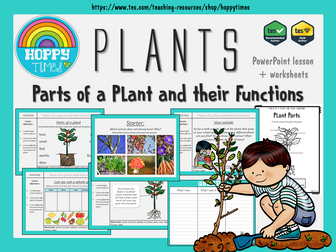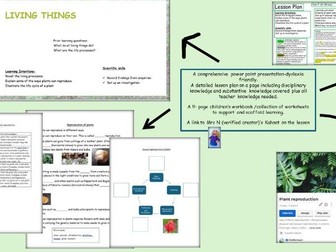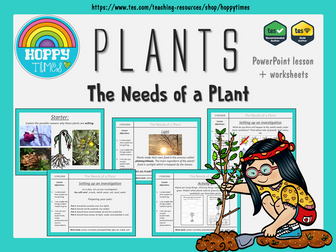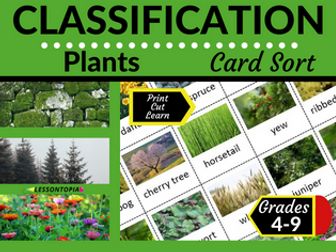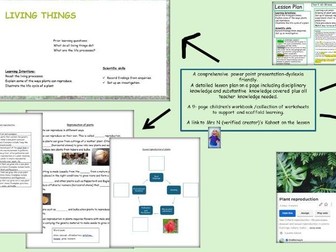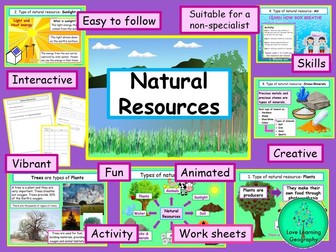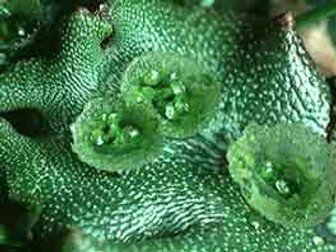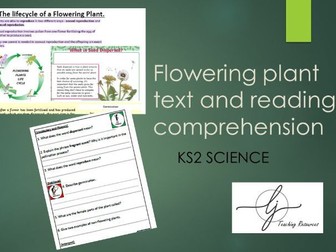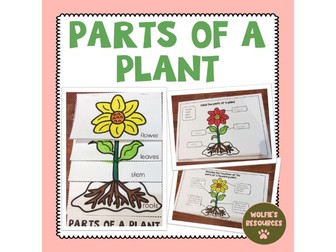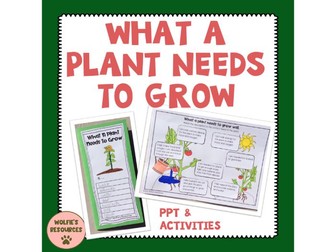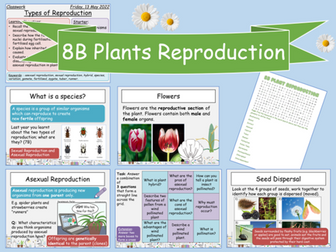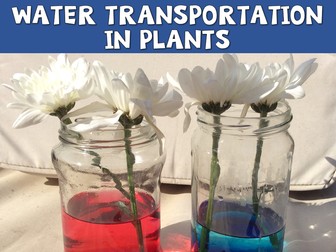
Water Transport in Plants Lesson
KS2 Science PowerPoint Lesson and worksheets on water transport in plants.
This is the third lesson in a series of Year 3 Science lessons on Plants. Corresponds to the Year 3 Science statutory requirements: investigate the way in which water is transported within plants.
18 pages including the front cover and Hoppy Times terms and conditions.
In this lesson, students learn the meaning of the plant water transport system; learn to explain how water travels through the xylem tubes of a plant in the process called capillary action; predict and discuss why water is important to each part of a plant; they are also encouraged to make up a dance to explain how the water transport in plants works. Resources needed for the lesson: PowerPoint (included); differentiated worksheets (1 per student); celery stalks cut into smaller pieces for observation of xylem.
Independent worksheets included (differentiated 3 ways).
The PowerPoint text is editable, making it easier to customise and tailor to the needs of your class.
I will also be uploading a Capillary Action investigation to go as an extension to this lesson. Please check back soon.
HoppyTimes

